Oscilloscopes
 An oscilloscope is a measuring instrument intended to visualize an electrical signal, most often variable over time. It is used by many scientists to visualize either electrical voltages or various other physical quantities previously transformed into voltage by means of a suitable converter or sensors.
An oscilloscope is a measuring instrument intended to visualize an electrical signal, most often variable over time. It is used by many scientists to visualize either electrical voltages or various other physical quantities previously transformed into voltage by means of a suitable converter or sensors.
-
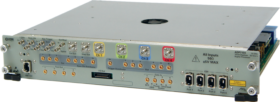
ADP7000
10-bit, 32GS/s, DC-10GHz digitizer with up to 4 channels
- Up to 256 GB memory (80+ Gpts per channel
-
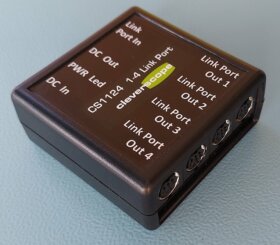
CS1124
CS548 Link
- Up to 4 linked devices
-

CS1133
Vsat probe
- Vsat probe clips at 15V, 1.5V or 150mV
-
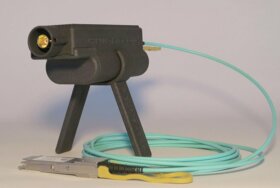
CS1200
Active Optical Fibre isolated remote digitizer
- 30kV isolation provided >150mm spacing between IsoPod and other
-
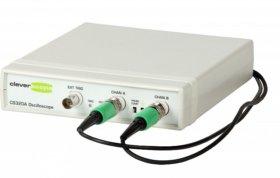
CS320A
2 Channels, 100MS/Sec USB or Ethernet oscilloscope
- 2 Input Channels, 10-bit, 12-bit or 14-bit
- up to
-
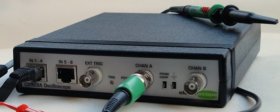
CS328A
Mixed Signal oscilloscope USB or Ethernet, 2 analog channels, 100MS/s, 8 Digital Channels
- 2 Input Channels, 10-bit, 12-bit or 14-bit
- up to
-
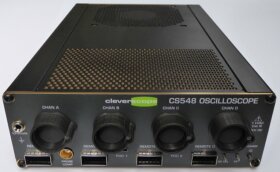
CS508
Isolated Oscilloscope, LAN & USB, 200 MHz bandwidth, 500MS/s, 14 bit
- Oscilloscope
- 2kVDC operating isolation voltage to ground and
- Oscilloscope
-
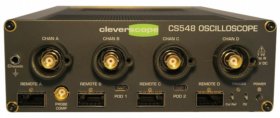
CS548
Isolated Oscilloscope, LAN & USB, 200 MHz bandwidth, 500MS/s, 14 bit
- Oscilloscope
- 2kVDC operating isolation voltage to ground and
- Oscilloscope
-
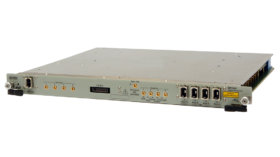
DP7000
AXIe Digital processor
- Four Intel/Altera Arria™ 10 FPGAs (660/1150 GX) with up-to
-
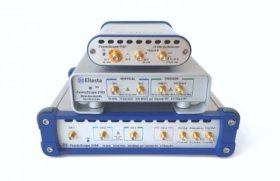
FemtoScope
5 or 16 GHz USB Wide-Bandwidth Oscilloscopes
- 1, 2 or 4 channels configuration.
- 5 or 16
-
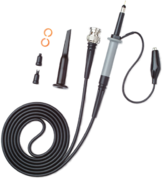
HP-2022
Oscilloscope probe 1:1
- Attenuation ratio 1:1
- Max. input voltage 600V CAT I
-
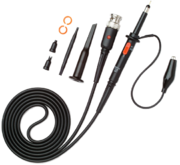
HP-3060
Oscilloscope probe 1:1 and 1-10
- Attenuation ratio 1 :1
- Max. input voltage 300
- Attenuation ratio 1 :1
